Peugeot 308 vs VW ID.3 – Performance, range & efficiency compared
Everyday use, family trips or long-distance drives – here’s where the differences show.
Discover whether Peugeot 308 or VW ID.3 fits your lifestyle better.
Costs and Efficiency:
When it comes to price and running costs, the biggest differences usually appear. This is often where you see which car fits your budget better in the long run.
VW ID.3 has a slight advantage in terms of price – it starts at 28600 £, while the Peugeot 308 costs 29200 £. That’s a price difference of around 669 £.
In terms of energy consumption, the advantage goes to the VW ID.3: with 14.50 kWh per 100 km, it’s minimal more efficient than the Peugeot 308 with 15.20 kWh. That’s a difference of about 0.70 kWh.
As for range, the VW ID.3 performs evident better – achieving up to 605 km, about 186 km more than the Peugeot 308.
Engine and Performance:
Power, torque and acceleration say a lot about how a car feels on the road. This is where you see which model delivers more driving dynamics.
When it comes to engine power, the VW ID.3 has a convincingly edge – offering 326 HP compared to 195 HP. That’s roughly 131 HP more horsepower.
In acceleration from 0 to 100 km/h, the VW ID.3 is noticeable quicker – completing the sprint in 5.70 s, while the Peugeot 308 takes 7.60 s. That’s about 1.90 s faster.
In terms of top speed, the Peugeot 308 performs a bit better – reaching 225 km/h, while the VW ID.3 tops out at 200 km/h. The difference is around 25 km/h.
There’s also a difference in torque: VW ID.3 pulls convincingly stronger with 545 Nm compared to 300 Nm. That’s about 245 Nm difference.
Space and Everyday Use:
Whether family car or daily driver – which one offers more room, flexibility and comfort?
Both vehicles offer seating for 5 people.
In curb weight, Peugeot 308 is clearly perceptible lighter – 1436 kg compared to 1787 kg. The difference is around 351 kg.
In terms of boot space, the Peugeot 308 offers slight more room – 412 L compared to 385 L. That’s a difference of about 27 L.
In maximum load capacity, the Peugeot 308 performs minimal better – up to 1323 L, which is about 56 L more than the VW ID.3.
When it comes to payload, Peugeot 308 minimal takes the win – 510 kg compared to 473 kg. That’s a difference of about 37 kg.
Who wins the race?
The VW ID.3 proves to be leaves the rival little chance and therefore becomes our DriveDuel Champion!
VW ID.3 is the better all-rounder in this comparison.
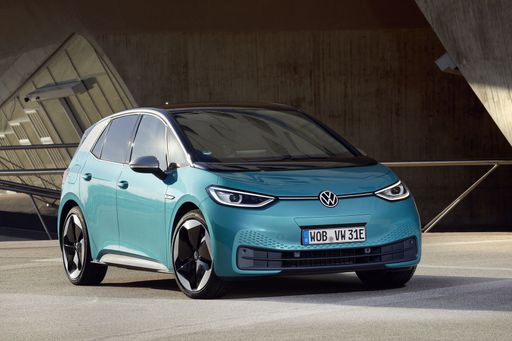
VW ID.3
Peugeot 308
The Peugeot 308 presents a refined blend of style and sophistication, making it a compelling option for anyone in search of a dynamic yet practical vehicle. Its sleek design is complemented by a thoughtfully crafted interior that ensures both driver and passengers travel in comfort and elegance. Moreover, the 308 offers a responsive driving experience, combining agility with a sense of security on the road.
details @ media.stellantis.com
@ media.stellantis.com
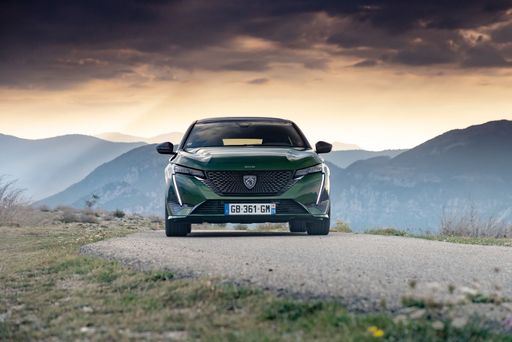 @ media.stellantis.com
@ media.stellantis.com
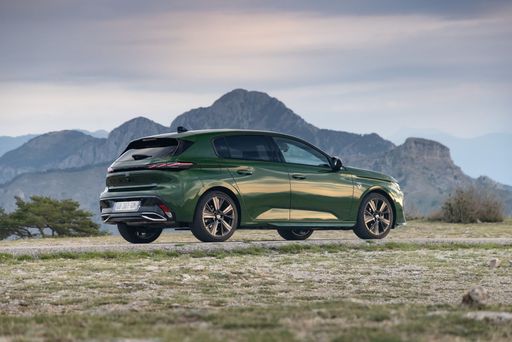 @ media.stellantis.com
@ media.stellantis.com
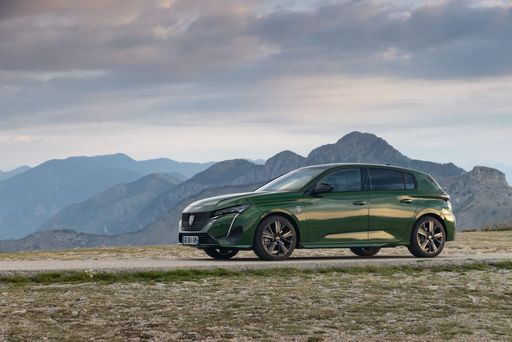 @ media.stellantis.com
@ media.stellantis.com
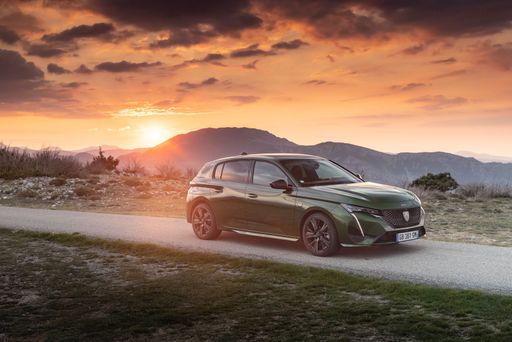 @ media.stellantis.com
@ media.stellantis.com
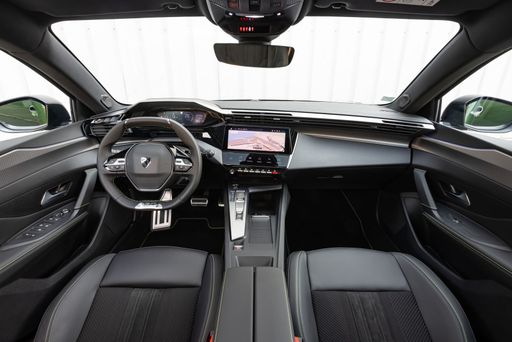 @ media.stellantis.com
@ media.stellantis.com
VW ID.3
The VW ID.3 represents Volkswagen's entry into the world of electric vehicles, offering a modern design that combines functionality with sustainability. Inside, you'll find a spacious and tech-forward interior, providing a comfortable driving experience while maintaining a focus on environmentally friendly materials. The ID.3's performance delivers a smooth and responsive feel on the road, making it a strong contender in the growing electric car market.
details @ Volkswagen
@ Volkswagen
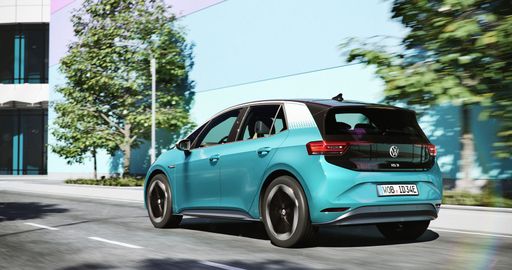 @ Volkswagen
@ Volkswagen
 @ Volkswagen
@ Volkswagen
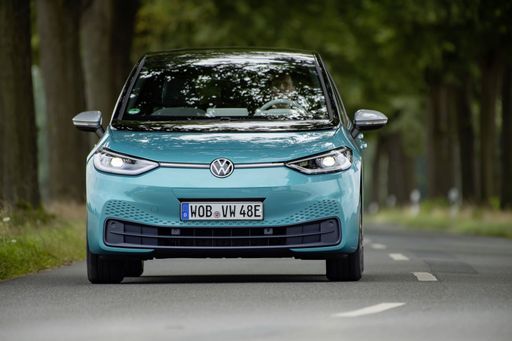 @ Volkswagen
@ Volkswagen
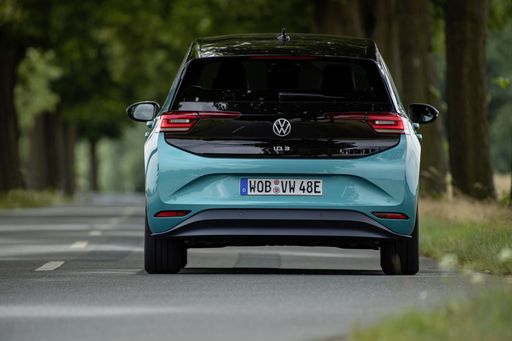 @ Volkswagen
@ Volkswagen
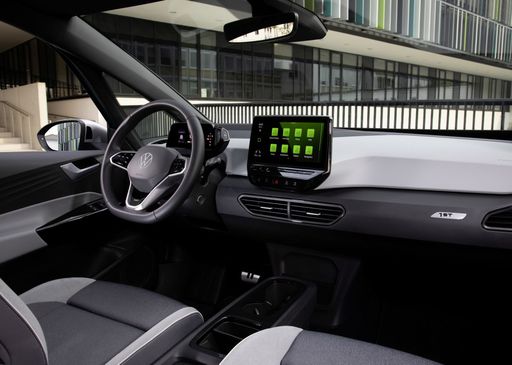 @ Volkswagen
@ Volkswagen
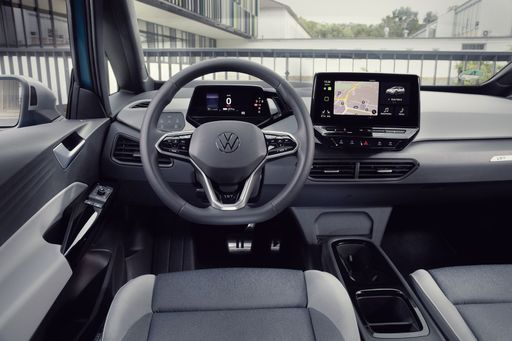 @ Volkswagen
@ Volkswagen

|

|
|
|
|
Costs and Consumption |
|
|---|---|
|
Price
29200 - 41800 £
|
Price
28600 - 49300 £
|
|
Consumption L/100km
0.8 - 5.1 L
|
Consumption L/100km
-
|
|
Consumption kWh/100km
15.20 kWh
|
Consumption kWh/100km
14.5 - 15.8 kWh
|
|
Electric Range
78 - 419 km
|
Electric Range
383 - 605 km
|
|
Battery Capacity
51 kWh
|
Battery Capacity
52 - 79 kWh
|
|
co2
0 - 133 g/km
|
co2
0 g/km
|
|
Fuel tank capacity
42 - 53 L
|
Fuel tank capacity
-
|
Dimensions and Body |
|
|---|---|
|
Body Type
Hatchback
|
Body Type
Hatchback
|
|
Seats
5
|
Seats
5
|
|
Doors
5
|
Doors
5
|
|
Curb weight
1436 - 1759 kg
|
Curb weight
1787 - 1993 kg
|
|
Trunk capacity
314 - 412 L
|
Trunk capacity
385 L
|
|
Length
4367 mm
|
Length
4264 mm
|
|
Width
1852 mm
|
Width
1809 mm
|
|
Height
1441 mm
|
Height
1564 mm
|
|
Max trunk capacity
1258 - 1323 L
|
Max trunk capacity
1267 L
|
|
Payload
431 - 510 kg
|
Payload
437 - 473 kg
|
Engine and Performance |
|
|---|---|
|
Engine Type
Diesel, Electric, Petrol MHEV, Plugin Hybrid
|
Engine Type
Electric
|
|
Transmission
Automatic
|
Transmission
Automatic
|
|
Transmission Detail
Automatic Gearbox, Reduction Gearbox, Dual-Clutch Automatic
|
Transmission Detail
Reduction Gearbox
|
|
Drive Type
Front-Wheel Drive
|
Drive Type
Rear-Wheel Drive
|
|
Power HP
130 - 195 HP
|
Power HP
170 - 326 HP
|
|
Acceleration 0-100km/h
7.6 - 10.6 s
|
Acceleration 0-100km/h
5.7 - 8.2 s
|
|
Max Speed
170 - 225 km/h
|
Max Speed
160 - 200 km/h
|
|
Torque
230 - 300 Nm
|
Torque
310 - 545 Nm
|
|
Number of Cylinders
3 - 4
|
Number of Cylinders
-
|
|
Power kW
96 - 144 kW
|
Power kW
125 - 240 kW
|
|
Engine capacity
1199 - 1598 cm3
|
Engine capacity
-
|
General |
|
|---|---|
|
Model Year
2023 - 2025
|
Model Year
2024 - 2025
|
|
CO2 Efficiency Class
D, A, C, B
|
CO2 Efficiency Class
A
|
|
Brand
Peugeot
|
Brand
VW
|
Is the Peugeot 308 offered with different drivetrains?
Available configurations include Front-Wheel Drive.
The prices and data displayed are estimates based on German list prices and may vary by country. This information is not legally binding.
